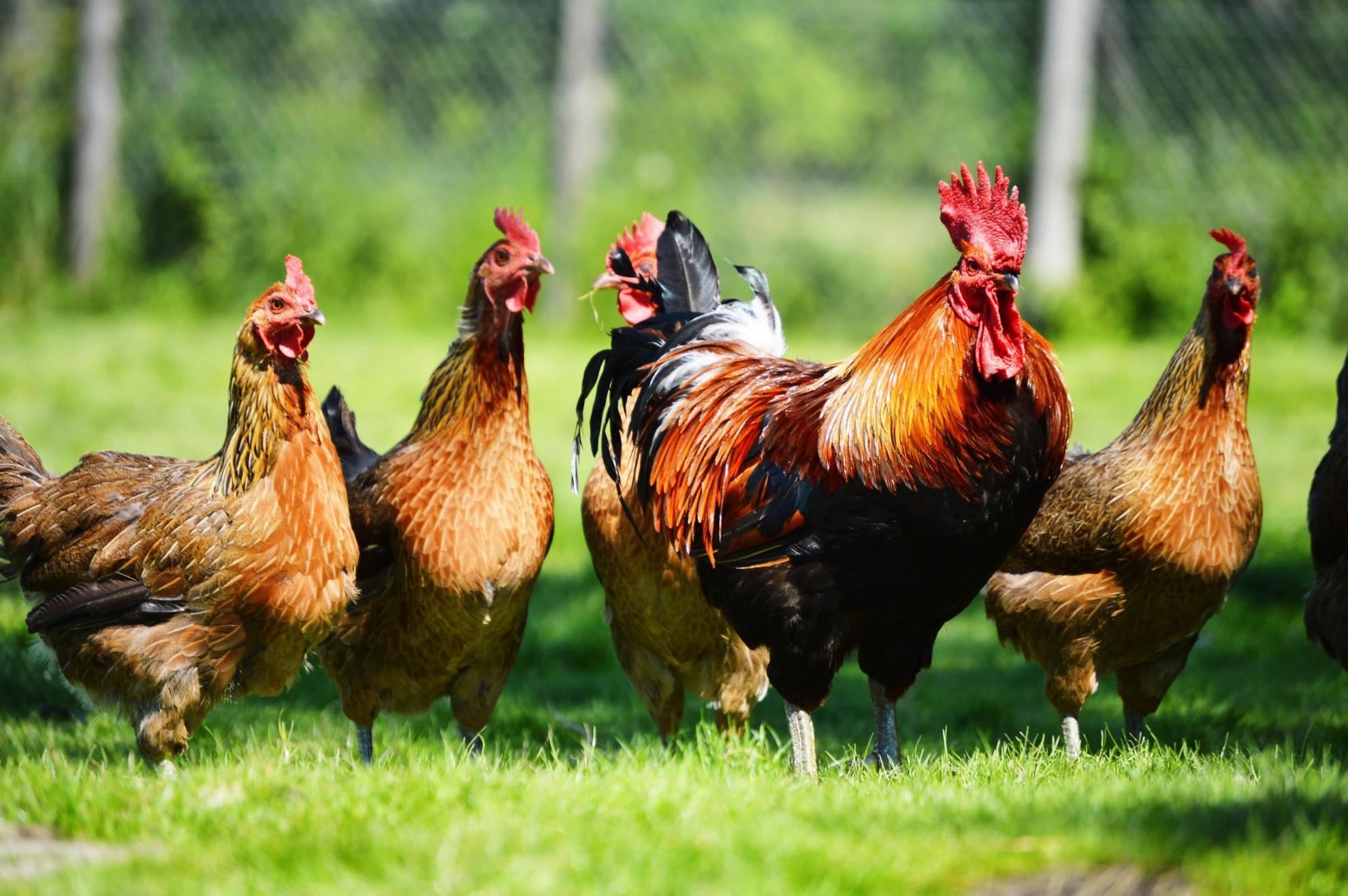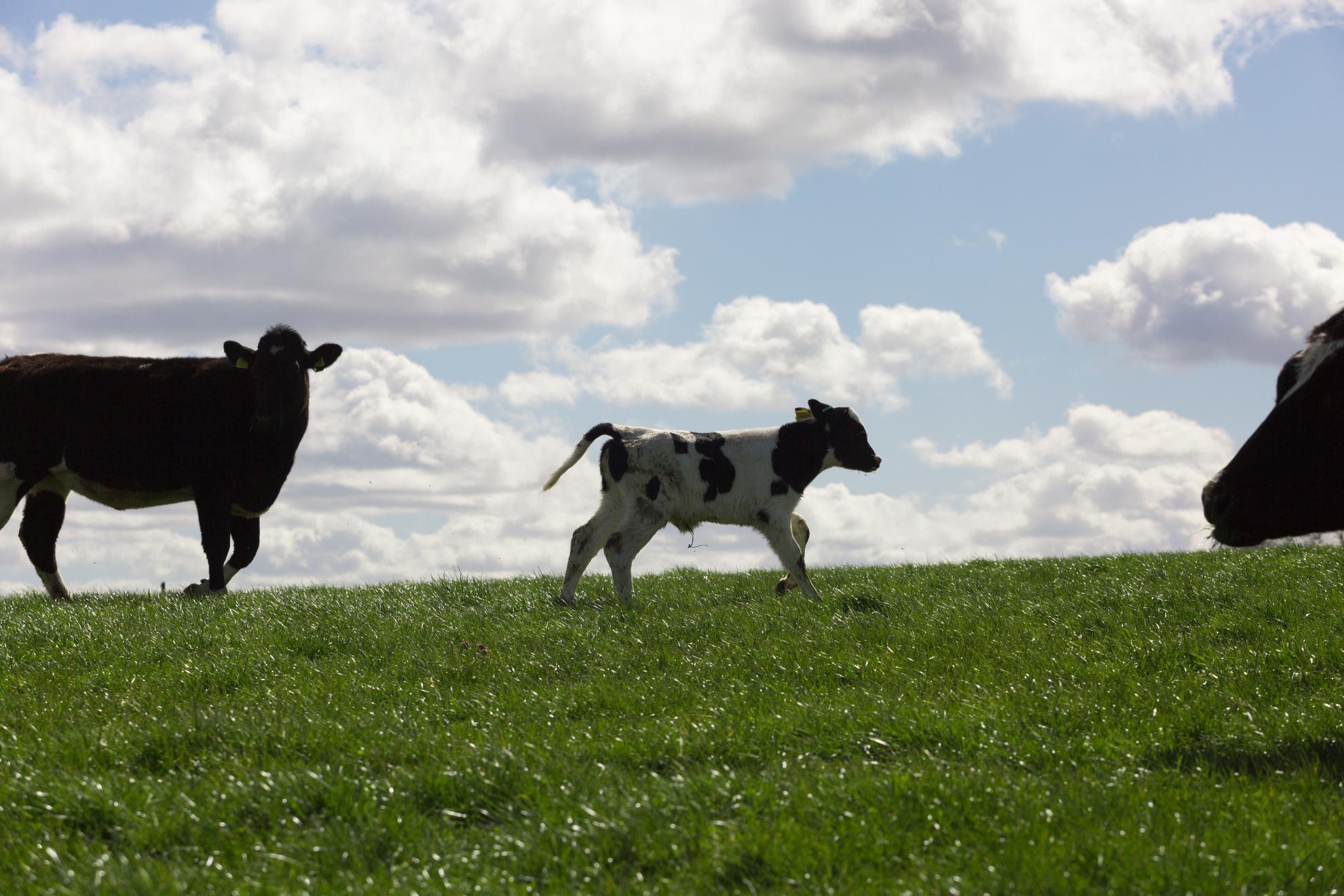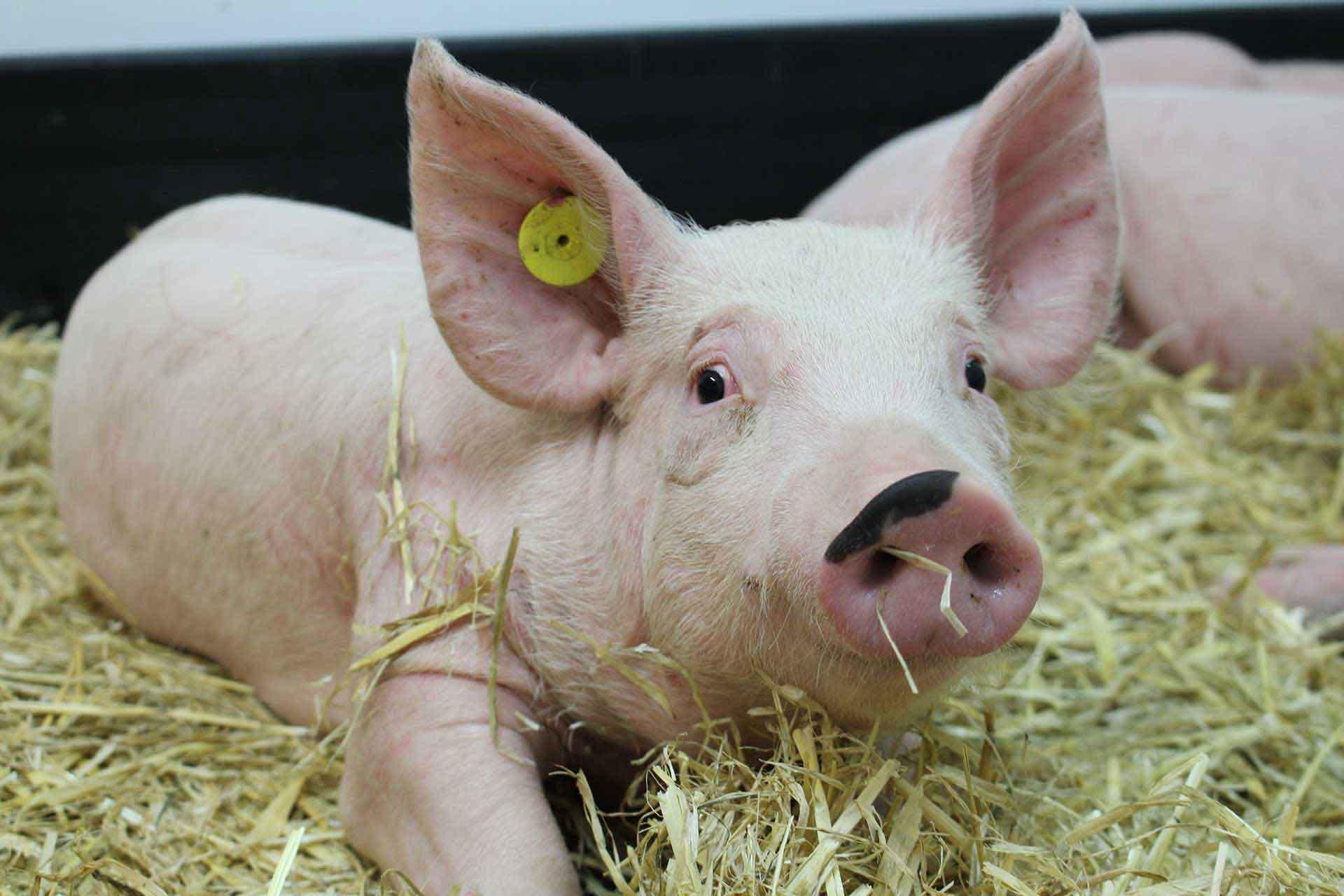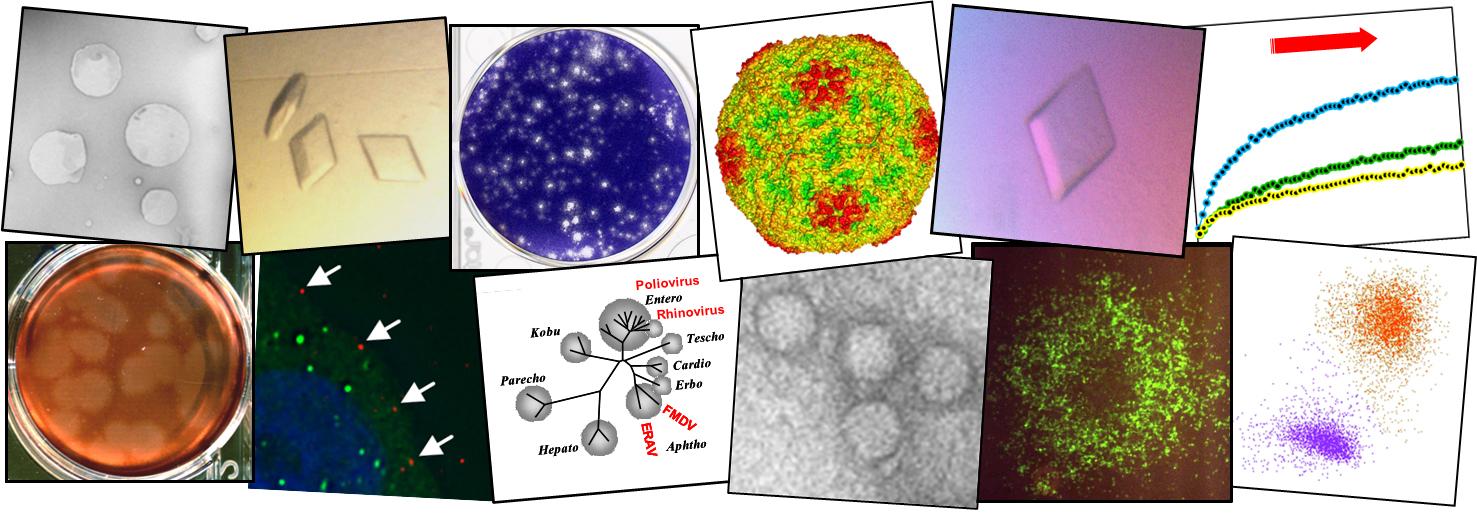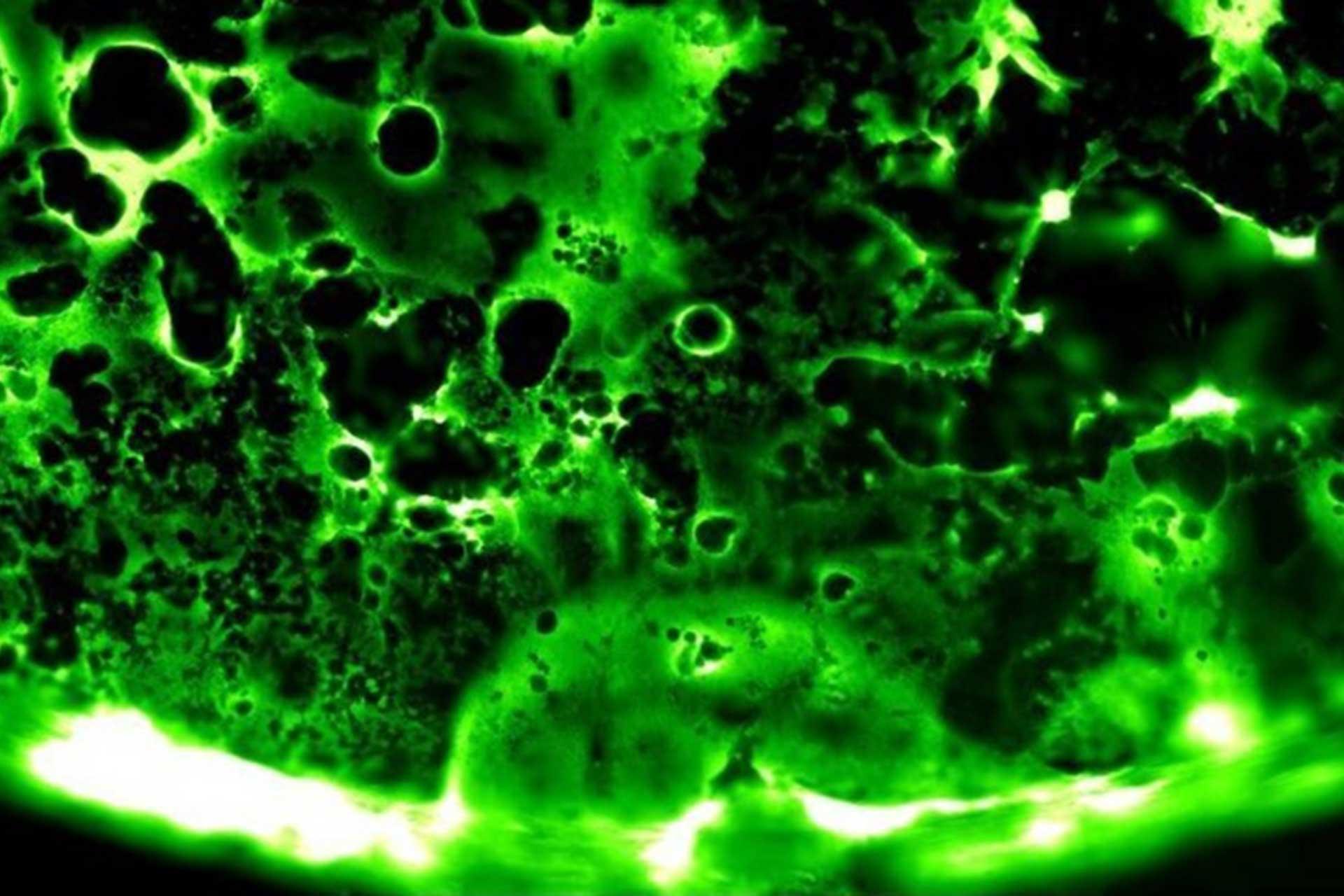Porcine respiratory coronavirus as a model for acute respiratory coronavirus disease
In the light of the severe acute respiratory syndrome coronavirus 2 (SARS-CoV-2) pandemic, we have developed a porcine respiratory coronavirus (PRCV) model for in depth mechanistic evaluation of the pathogenesis, virology and immune responses of this important family of viruses. Pigs are a large animal with similar physiology and immunology to humans and are a natural host for PRCV. Four PRCV strains were investigated and shown to induce different degrees of lung pathology. Importantly, although all four strains replicated equally well in porcine cell lines in vitro and in the upper respiratory tract in vivo, PRCV strains causing more severe lung pathology were also able to replicate in ex vivo tracheal organ cultures as well as in vivo in the trachea and lung. The time course of infection of PRCV 135, which caused the most severe pulmonary pathology, was investigated. Virus was shed from the upper respiratory tract until day 10 post infection, with infection of the respiratory mucosa, as well as olfactory and sustentacular cells, providing an excellent model to study upper respiratory tract disease in addition to the commonly known lower respiratory tract disease from PRCV. Infected animals made antibody and T cell responses that cross reacted with the four PRCV strains and Transmissible Gastroenteritis Virus. The antibody response was reproduced in vitro in organ cultures. Comparison of mechanisms of infection and immune control in pigs infected with PRCVs of differing pathogenicity with human data from SARS-CoV-2 infection and from our in vitro organ cultures, will enable key events in coronavirus infection and disease pathogenesis to be identified.
